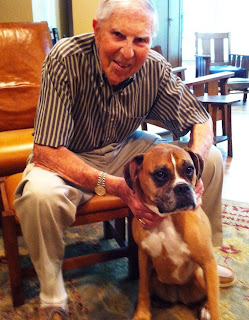WHAT ARE YOUR COMFORT ZONES?
Finding a quiet place
Where one has space
Being at rest
Feeling one’s best
Having time to
reflect
Giving self-respect
Never to neglect
Responsibility for
life
Do
you recall a famous statement in the Declaration of Independence, “We hold
these truths to be self-evident, that all men are created equal, that they are
endowed by their Creator with certain unalienable rights that among these are
Life, Liberty and the Pursuit of Happiness”? I wonder what we understand as the meaning of
happiness. Yet, there is another idea, contentment
which has a similar connotation.
When
we look closely, both concepts are really subtly different. When people can live with expectations that
are in harmony with what they have experienced in life, they probably have
achieved the greatest mental contentment possible. It is characterized with a mental state of
emotional feelings such as, serenity, calmness, ease, tranquility, fulfillment,
peace, or gratification. In a way,
contentment can be defined as the state of being satisfied yet not uncaring or
apathetic.
It
is this latter perception that gave rise to the movement in humanistic
psychology.
Abraham
Maslow was the founder of Humanistic Psychology in the 1930s who introduced the
notion that human beings seek to fulfill a hierarchy of needs which when
eventually met allow a person to experience moments of love, understanding,
happiness, or joy. It is a state Maslow
referred to as self-actualization when an individual feels totally alive and
self-sufficient. Positive Psychology is
a recent branch of psychology introduced by Martin Seligman in 1998. He asserts that happiness is not solely
derived from external, momentary pleasures.
He provides the acronym PERMA
to summarize Positive Psychology’s research findings: humans seem happiest when they have Pleasure (tasty food, warm baths,
etc.), Engagement (or flow, the
absorption of an enjoyed yet challenging activity), Relationships (social ties have turned out to be an extremely
reliable indicator of happiness), Meaning
(a perceived quest or belonging to something bigger), and Accomplishments (having realized tangible goals).
Maslow, Abraham (1998). Towards a
Psychology of Being. Wiley & Sons, New York.
Seligman,
Martin E. (2006) Learned Optimism, How to Change Your Mind and Your Life.
Vintage Books, New York.
Shepard, L.A.(1979)Self-acceptance:
The evaluative component of the
self-concept construct. American
Educational Research Journal,16(2),139-160.














